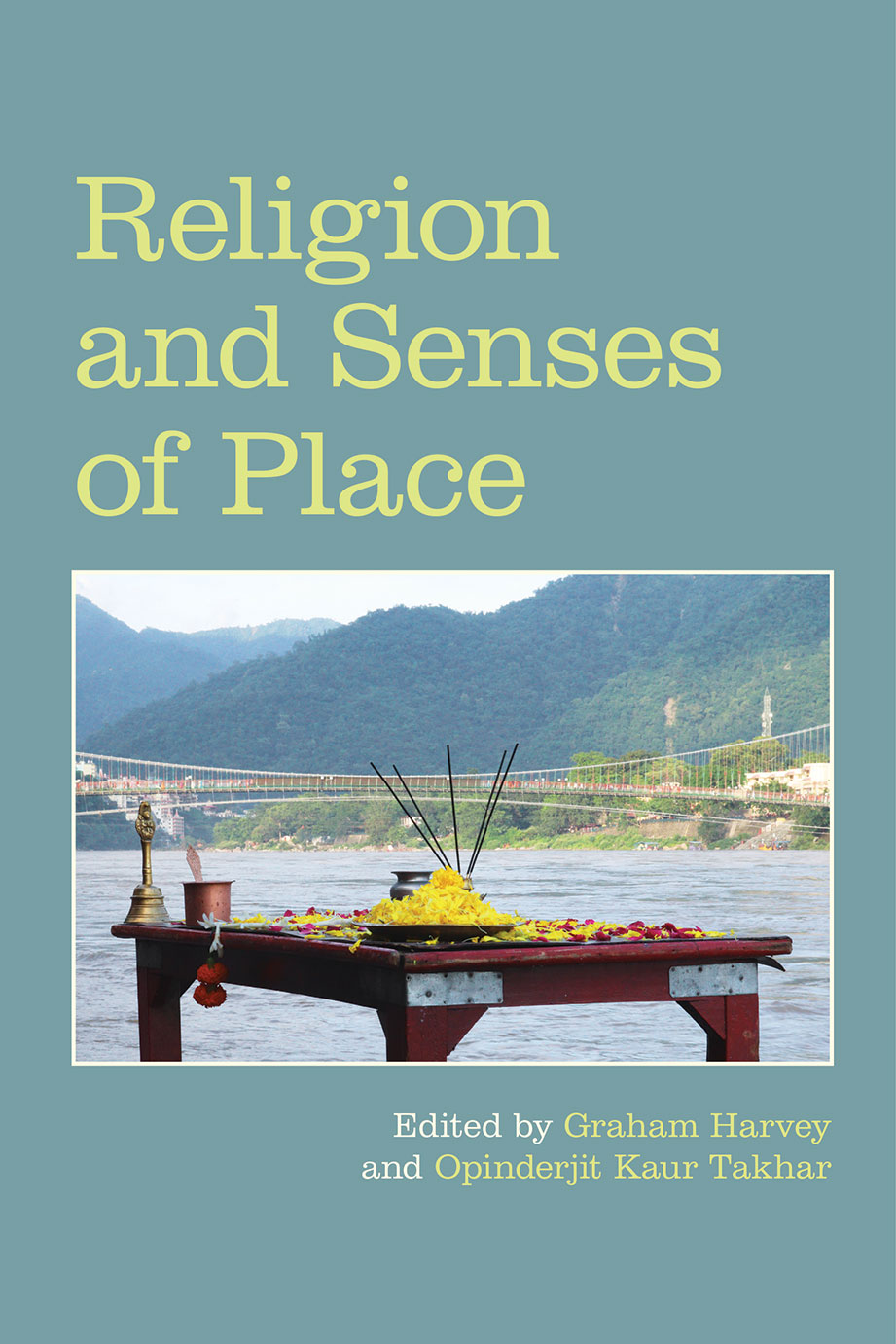Reviews
Overall, Religion and Senses of Place is an essential read for anyone interested in the intersections of religion, culture, and geography. Teachers of religion interested in introducing students to the wider vocabulary of religious experiences, often neglected in academic texts that privilege historical and doctrinal approaches, will also find this volume to be a refreshing resource. The diverse case studies and innovative research methodologies employed throughout the book give the reader the sense of a religious studies discipline full of energy and visionary momentum. And the inclusion of indigenous perspectives just adds that essential layer of nuance and complexity so painfully neglected in religious studies literature, offering important insight into the intricate relationship between people, their beliefs, and the environments that shape them.Indigenous Religious Traditions








